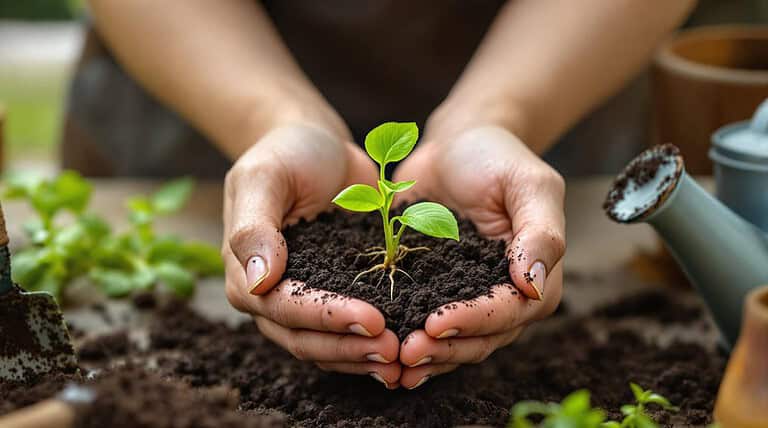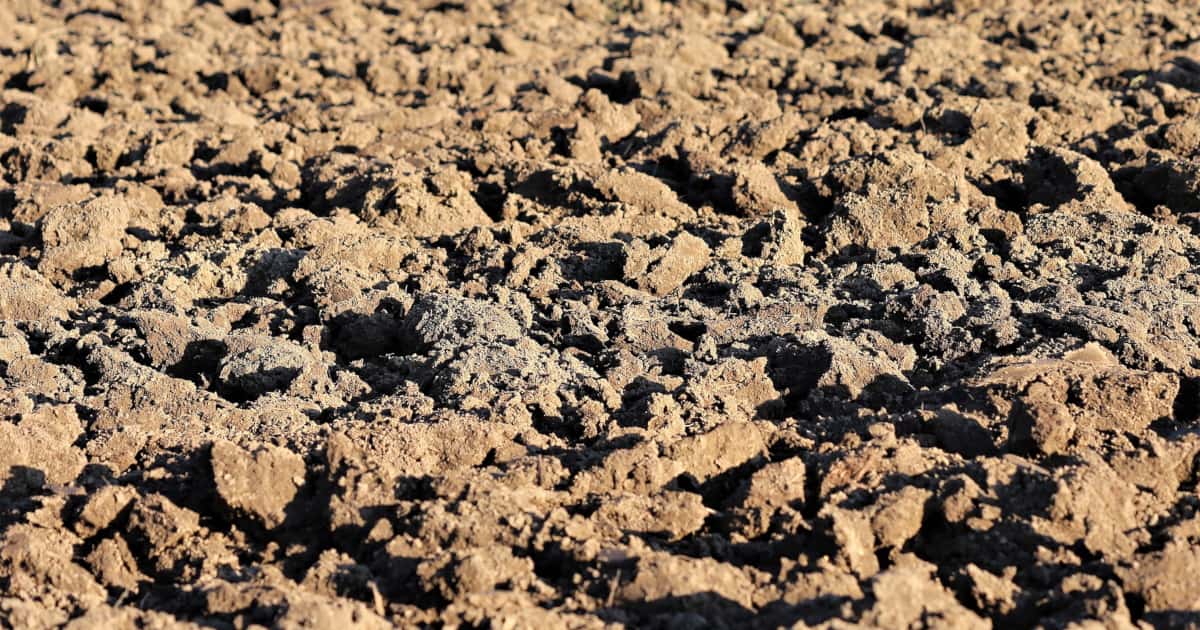Loving My Lettuce Table: A Fun Garden Project
You've probably considered a few gardening projects, but have you thought about creating a lettuce table? It's a practical and enjoyable way to grow fresh greens right in your backyard, and it doesn't require a lot of space. By using simple materials and easy techniques, you can set up a lively garden that not only looks appealing but also provides a continuous harvest. Once you get started, you'll uncover the surprising benefits and unique challenges that come with this project. So, what essential steps do you need to take to guarantee your lettuce table thrives?
TLDR
- Build your lettuce table using untreated 2x4s and rot-resistant wood like cedar for enhanced durability and longevity.
- Prepare the soil by mixing well-rotted compost and manure, ensuring a pH level around 6.5 for optimal lettuce growth.
- Choose lettuce varieties that suit your taste, like Butterhead for sweetness or Romaine for crunch, to personalize your garden.
- Maintain soil moisture by checking twice weekly and applying mulch to suppress weeds, promoting healthy growth.
- Employ the "cut and come again" method for continual harvesting, ensuring a steady supply of fresh lettuce.
Materials for Your Lettuce Table

When building your lettuce table, you'll need to gather a variety of materials to guarantee its success. Grab some untreated 2x4s for framing and consider rot-resistant wood like cedar for durability. You'll also want some aluminum screening for pest protection—nobody wants sneaky critters munching on your greens! Additionally, consider incorporating coffee grounds into your planting strategy, as they can enhance soil fertility and provide essential nutrients for your lettuce. Plus, don't forget your tools; a saw and drill are your best friends in this undertaking! To ensure proper assembly, you'll need to gather two 2x4s (10 ft) for the long sides of your table.
Steps to Prepare the Table
To prepare your lettuce table, start by removing the flat top while keeping the decorative sides intact.
Flip the table upside down—don't worry, it won't bite!
Next, cut the hardware cloth and fasten it with small nails. Regularly maintaining cleanliness in your garden area will also help prevent pests and attract local wildlife.
Finally, cover sharp edges and make sure everything's snug. You want it safe—no lettuce lovers getting hurt while tending to their greens! This project is not only a creative way to repurpose an old table, but it also provides an excellent opportunity to grow fresh produce right at home.
Soil and Planting Techniques

Before planting your lettuce, proper soil preparation is essential for healthy growth.
Turn the soil about 10cm deep, and mix in some well-rotted compost and manure—trust me, your lettuce will thank you! Incorporating organic materials into sandy soil can significantly improve moisture retention and nutrient availability. Aim for a pH around 6.5, and dig shallow trenches 20-30cm apart. Well-draining soil is crucial for preventing root rot and ensuring optimal growth.
Remember, plant those seeds ¼-½ inch deep and give them room to spread.
Happy gardening!
Choosing Plant Varieties
After you've prepared the soil and set the stage for your lettuce garden, the next step is selecting the right plant varieties.
Don't just grab any seeds—think about what you love! Butterhead's sweet, buttery flavor is a treat, while crunchy Romaine adds a fantastic texture. Lettuce varieties thrive best at 60-65°F, so consider your local climate when making your selections. Additionally, keeping in mind the perennial sunflower types can help you create a diverse garden that attracts beneficial pollinators.
If you want a colorful twist, try frilly purple Vulcan. Happy planting!
Maintenance and Harvesting Tips

Maintaining your lettuce garden is essential for a bountiful harvest, and it starts with consistent watering. Check the soil twice a week—if it's dry down to an inch, give it a drink! Don't forget to mulch and keep those pesky weeds at bay. To promote optimal growth, ensure the soil is moist yet well-drained. Incorporating essential nutrients into your soil can further enhance lettuce growth and vitality. When harvesting, go for the "cut and come again" method for a fresh, ongoing supply. Yum!
And Finally
So, there you have it! Your lettuce table can be a mini garden quest right in your backyard. Imagine plucking fresh greens for your sandwiches, and trust me, they taste way better than store-bought! Plus, you get to say you grew them yourself—how cool is that? So grab those seeds, roll up your sleeves, and plunge into this fun project. You'll be amazed at how much joy a little lettuce can bring, and who knows, maybe you'll start a garden empire!







